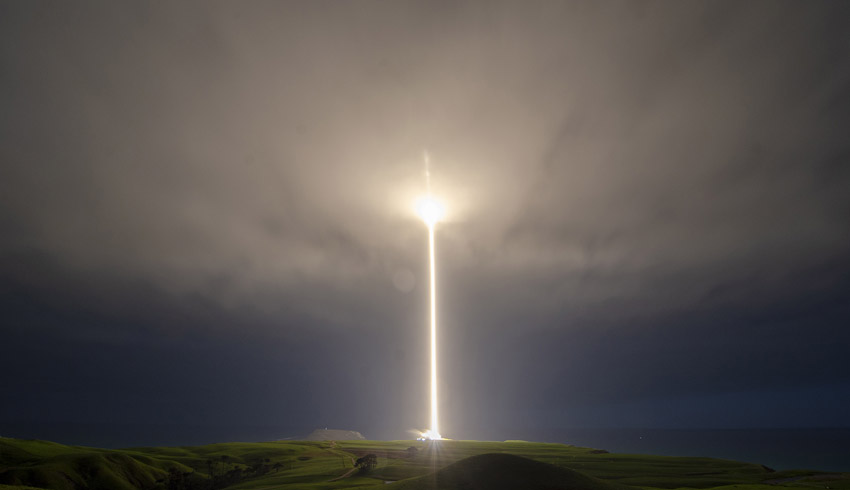Solar Orbiter, a new collaborative mission between the European Space Agency (ESA) and NASA launched from Cape Canaveral aboard a United Launch Alliance Atlas V rocket on Sunday.
All is well aboard the probe, with mission controllers at the ESA Operations Centre in Darmstadt, Germany, receiving a signal from the spacecraft indicating that its solar panels had deployed.
Its work starts almost straight away.
Solar Orbiter will deploy its instrument boom and antennas to communicate with Earth and begin gathering scientific data.
Unlike the Earth and other planets, which orbit in a plane roughly aligning with the sun’s equator, Solar Orbiter is on a unique trajectory that will acquire the first-ever images of the sun’s poles.
The trajectory includes 22 close approaches to the sun, taking it inside the orbit of Mercury.
ESA director of science Gunther Hasinger said humans had always been familiar with the importance of the sun to life on Earth, observing it and investigating how it works in detail.
“But we have also long known it has the potential to disrupt everyday life should we be in the firing line of a powerful solar storm,” he said.
“By the end of our Solar Orbiter mission, we will know more about the hidden force responsible for the sun’s changing behaviour and its influence on our home planet than ever before.”
It will take about two years for Solar Orbiter to reach its primary orbit.
The first three months of its mission will involve checks on its 10 instrument packages.
Onboard instruments will measure the environment around the spacecraft, including electric and magnetic fields and passing particles and waves.
Remote-sensing instruments will image the sun, its atmosphere and outflow of material to acquire a better understanding of its inner workings.
It will make its first close pass by the sun in 2022, about a third the distance from the sun to Earth. Solar Orbiter will use successive Venus gravity assists to draw its orbit closer to the sun and lift it out of the ecliptic plane.
The earlier ESA-NASA Ulysses mission launched in 1990 reached an inclined orbit giving scientists their first measurements of polar region.
However, Solar Orbiter’s cameras will provide first ever images of the Sun’s poles.
Thomas Zurbuchen, NASA’s associate administrator for science, said Solar Orbiter was going to do amazing things.
“Combined with the other recently launched NASA missions to study the sun, we are gaining unprecedented new knowledge about our star,” he said.
“Together with our European partners, we’re entering a new era of heliophysics that will transform the study of the sun and help make astronauts safer as they travel on Artemis program missions to the moon.”
Solar Orbiter development was led by the ESA, which provided nine of the 10 instruments, with NASA providing the other.

